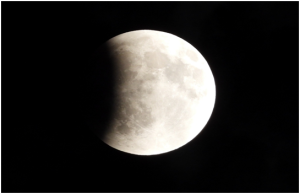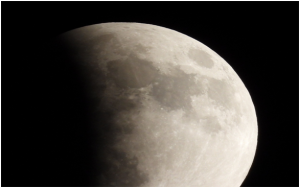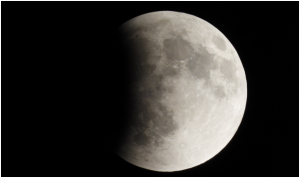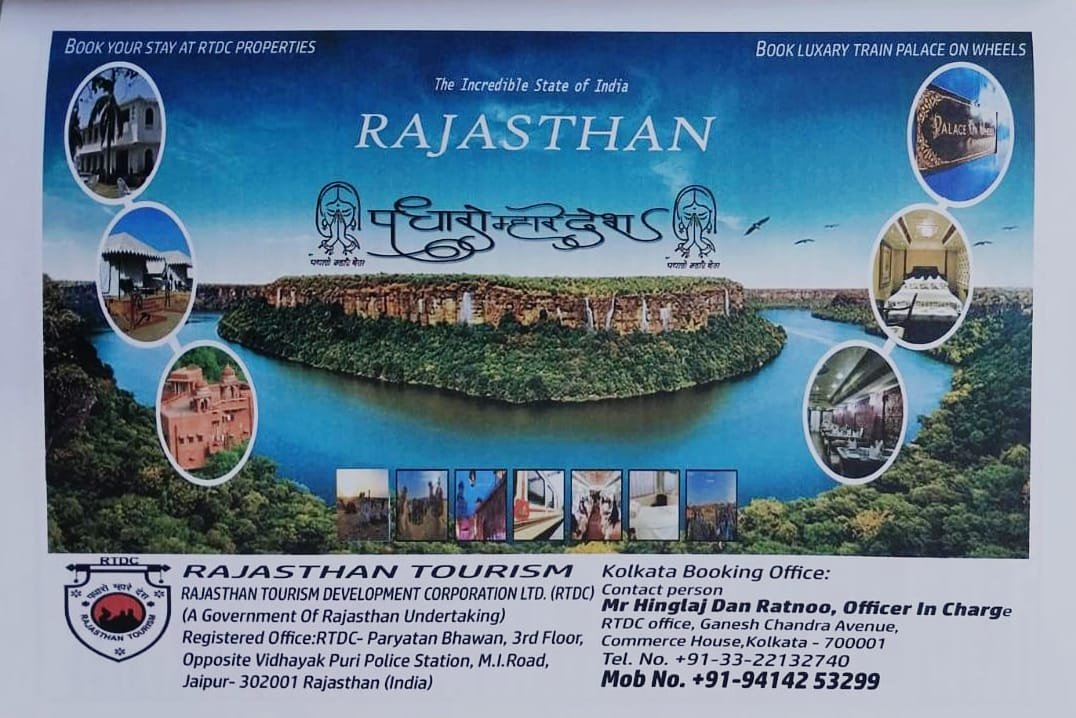
BY SUSHMIT BISWAS, IPS
ADDITIONAL DIRECTOR GENERAL OF POLICE
STATE HUMAN RIGHTS COMMISSION, RAJASTHAN
JAIPUR| 17 SEPTEMBER 2025
Following months of incessant rains, Jaipur skies on the intervening night of September 7–8, 2025 was clear and expectant. Faithful denizens had been fasting since noon for the imminent Chandra Grahan later in the evening. While I have been an avid wildlife photographer focussing more on the myriad avian varieties of Rajasthan, I too positioned my heavy Nikon DSLR towards the cosmic transition slated for that evening for which Jaipurites had been preparing for.

Before the onset of the eclipse, I saw the International Space Station transiting on the south-north loop, regular flights and nocturnal avian forms appearing on my viewfinder over the clear moon. The lunar eclipse began with exact precision as with the penumbral phase at 8:58 PM IST, partial eclipse at 9:57 PM, reaching totality at 11PM, peaking at 11:41 PM, and concluding totality by 12:22 AM.

The series of photographs I took from the terrace of my government bungalow in Gandhinagar, Jaipur, traces from the clear pre-eclipse image of our Chandrama (moon) followed by the penumbral and umbral stages. The reddish tinge on the moon sets in at final stages of the total lunar eclipse when the umbral shadow of earth has covered over fifty percent of the moon. The scientific explanation is that at this stage, only red light which has a longer wavelength is able to reach earth while the blues are scattered away by earth’s atmosphere.

These images are unadulterated and crimson reaches only this much intensity and no more. The intense dramatic reds seen in some media images are unreal and perhaps a result of tinkering with image properties through apps.

Advertisement:






























Add Comment